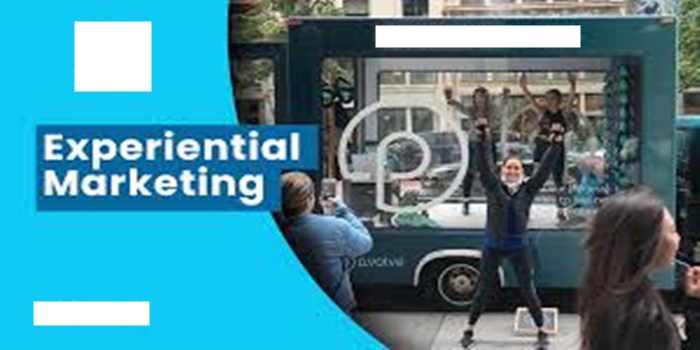In this article, we discussed the meaning of experiential marketing events, the types, benefits, we also talked about the examples
Definition
An “experiential marketing event” is a marketing strategy where a brand creates a unique, interactive experience for customers to directly engage with their product or service, aiming to build a strong emotional connection and lasting impression rather than just selling a product through traditional means; essentially, it’s about submerging the audience in a memorable experience that directly relates to the brand identity.
The Types of Experiential Marketing Event
Brand activations
pop-up shops
Trade shows
Guerrilla marketing campaigns
Immersive environments
Product launches
Workshops
festivals
Live demonstrations
Interactive displays
Virtual reality experiences
events utilizing technology like augmented reality (AR) to create memorable and engaging customer interactions.
Benefits
Brand awareness
Experiential marketing places brands where people live and have fun, helping them become part of the community.
Brand loyalty
When customers actively engage with a brand, they feel a sense of belonging, which can lead to loyalty.
Sales
Experiential marketing can help drive purchases and growth.
Customer engagement
Experiential marketing can create positive associations and emotional connections that turn customers into brand advocates.
Memorable experiences
Experiential marketing can create memorable experiences that leave lasting impressions.
Stand out from competitors
Experiential marketing can help brands differentiate themselves from competitors by offering unique experiences.
The Examples of Experiential Marketing Event
Direct engagement:
They aim to create a hands-on, immersive experience for customers to directly interact with a brand or product, fostering a deeper connection.
Sensory experience:
Often utilizing multiple senses like sight, sound, touch, and taste to create a memorable experience.
Emotional connection:
Building an emotional bond with the customer through unique and engaging experiences.
Specific examples of experiential marketing campaigns:
Red Bull Stratos Jump:
A skydiving stunt from the edge of space, creating a high-impact, adrenaline-fueled experience.
Nike React Infinity Run Challenge:
A physical challenge where participants could test out the new Nike running shoes.
Coca-Cola “Hug Machine”:
An interactive vending machine that dispensed a hug when someone interacted with it.
“Friends” Pop-up Experience:
A temporary installation recreating the iconic “Friends” apartment set where fans could take photos and interact with props.
IKEA Sleepover:
An event where people could spend the night in an IKEA showroom to showcase the comfort of their furniture
Virtual Reality Experiences:
Using VR technology to immerse customers in a brand-related environment, like a product demo or a virtual tour.
Product Sampling at Festivals:
Setting up a booth at a music festival to give out free samples of a product.
Product launches: Help build an emotional connection between a brand and a customer
Festivals: Help build an emotional connection between a brand and a customer
Workshops: Help build an emotional connection between a brand and a customer
Disney Animation Immersive experience: An experiential show that featured sensory activations based on Disney’s animated classics
Guerilla marketing: Uses unconventional strategies to surprise customers, such as flash mobs and street graffiti
Hybrid events: Combine in-person and virtual elements to connect with a broader audience
Pop-up stores: Can be used to challenge fans to win prizes.
Conclusion
Experiential events are gaining popularity in event marketing—they’re essential for building deep, meaningful connections with your audience. These events engage participants through immersive, interactive experiences, creating memories that last far beyond the event itself. As we’ve explored in this blog, applying innovative experiential event ideas, learning from successful examples, and following practical tips can elevate your next event and leave a lasting impression on your audience.


